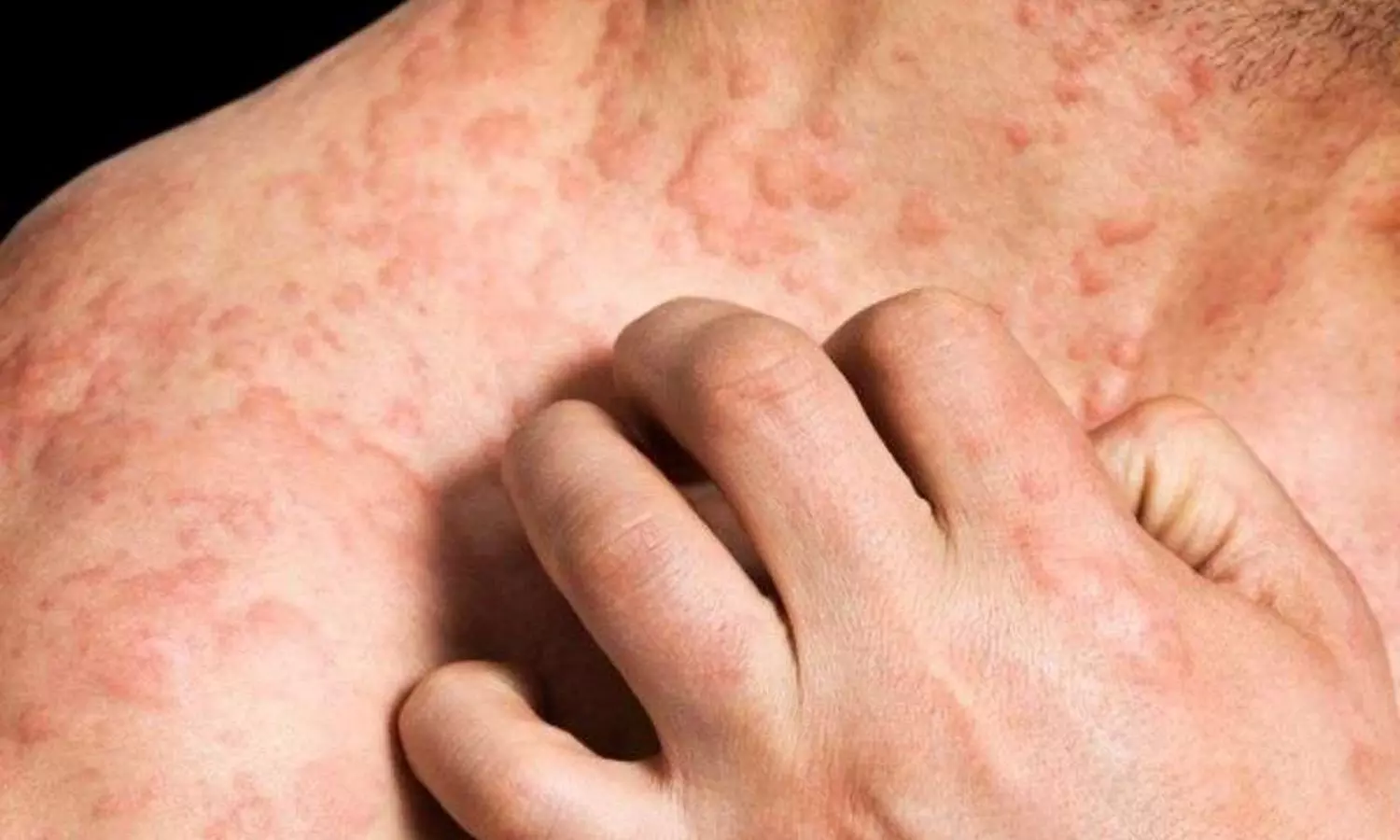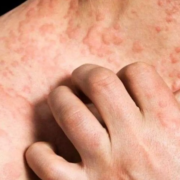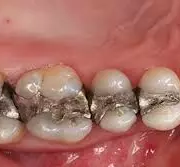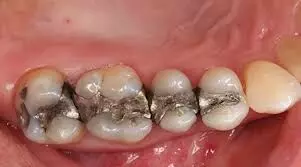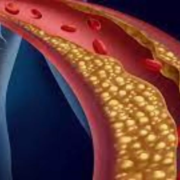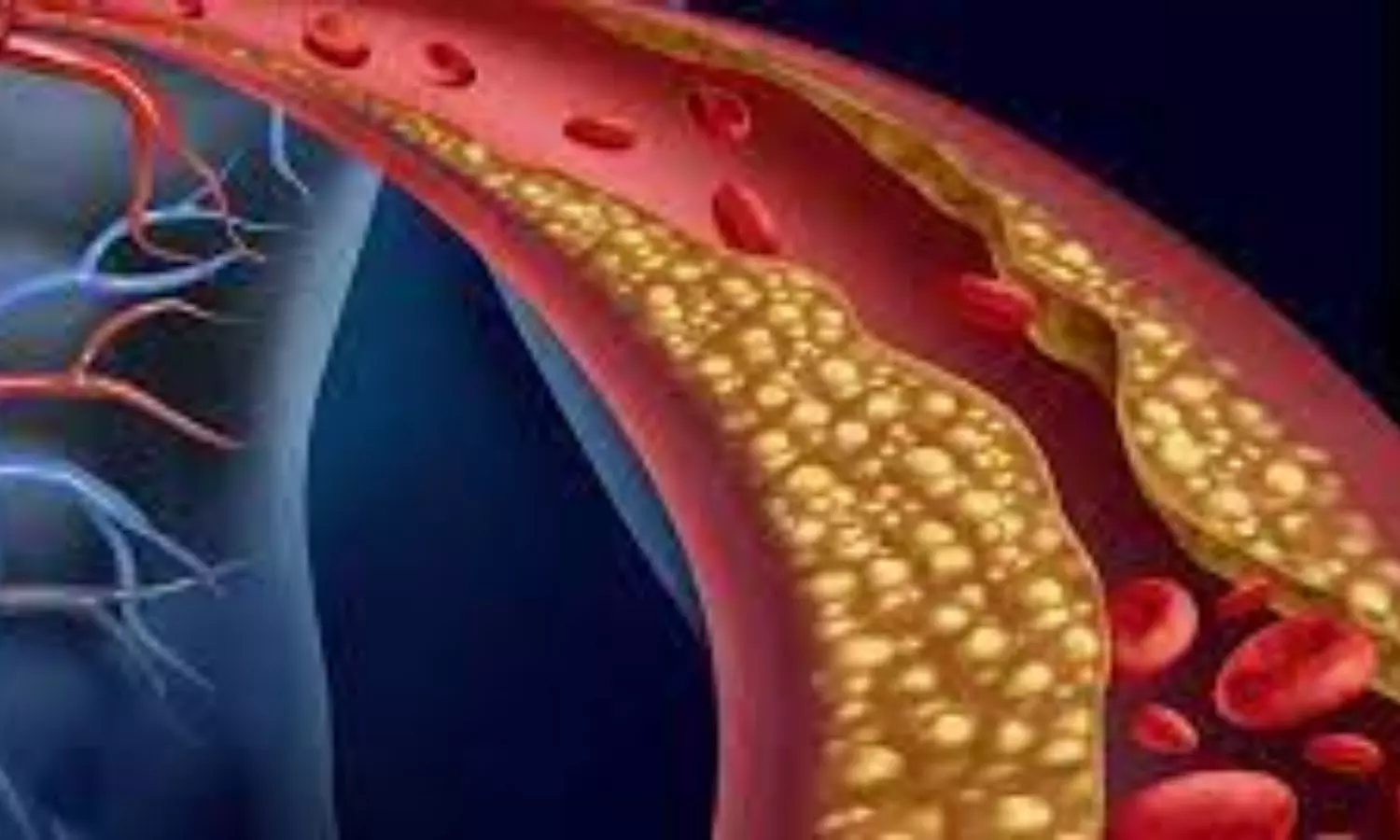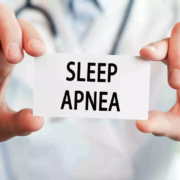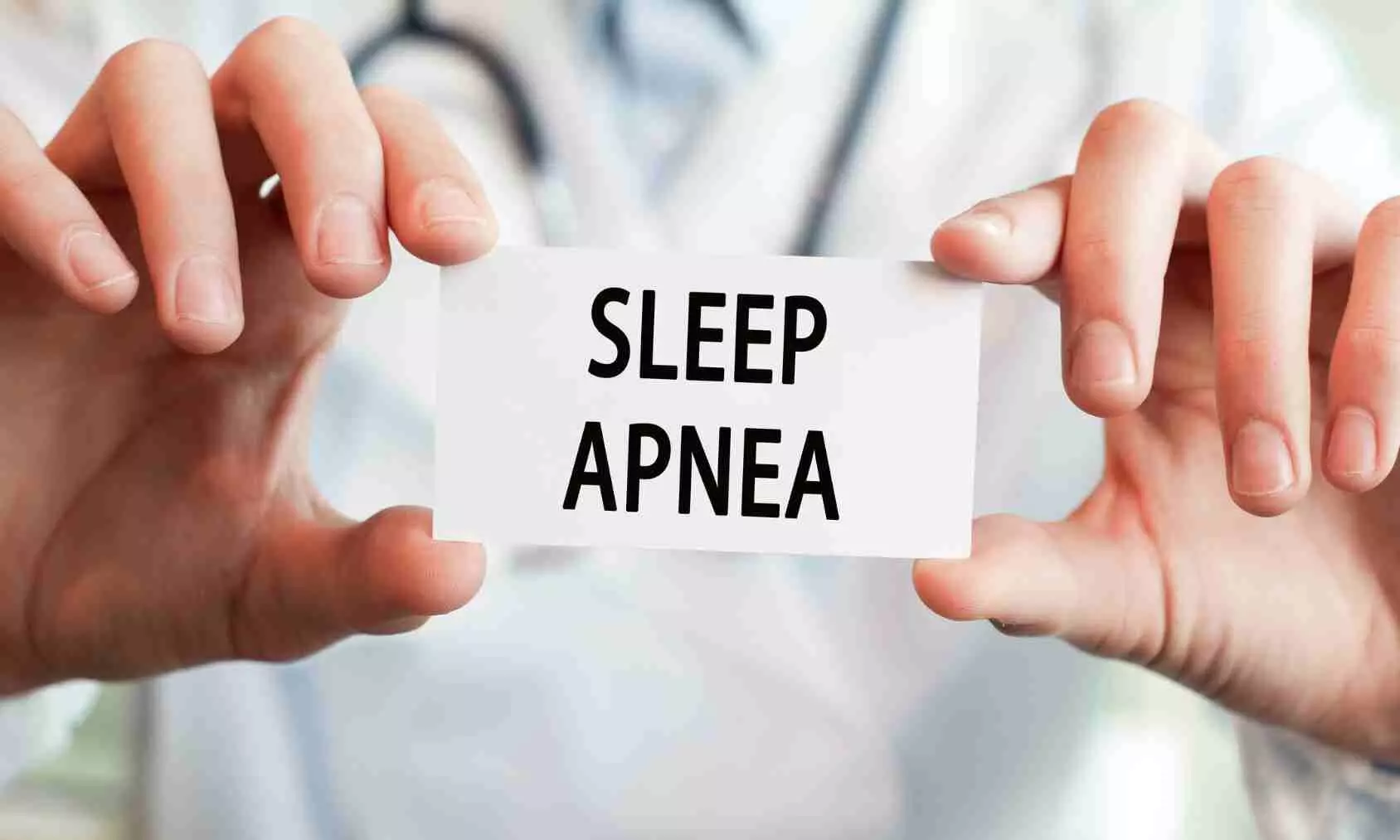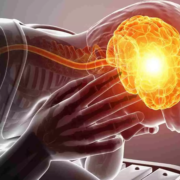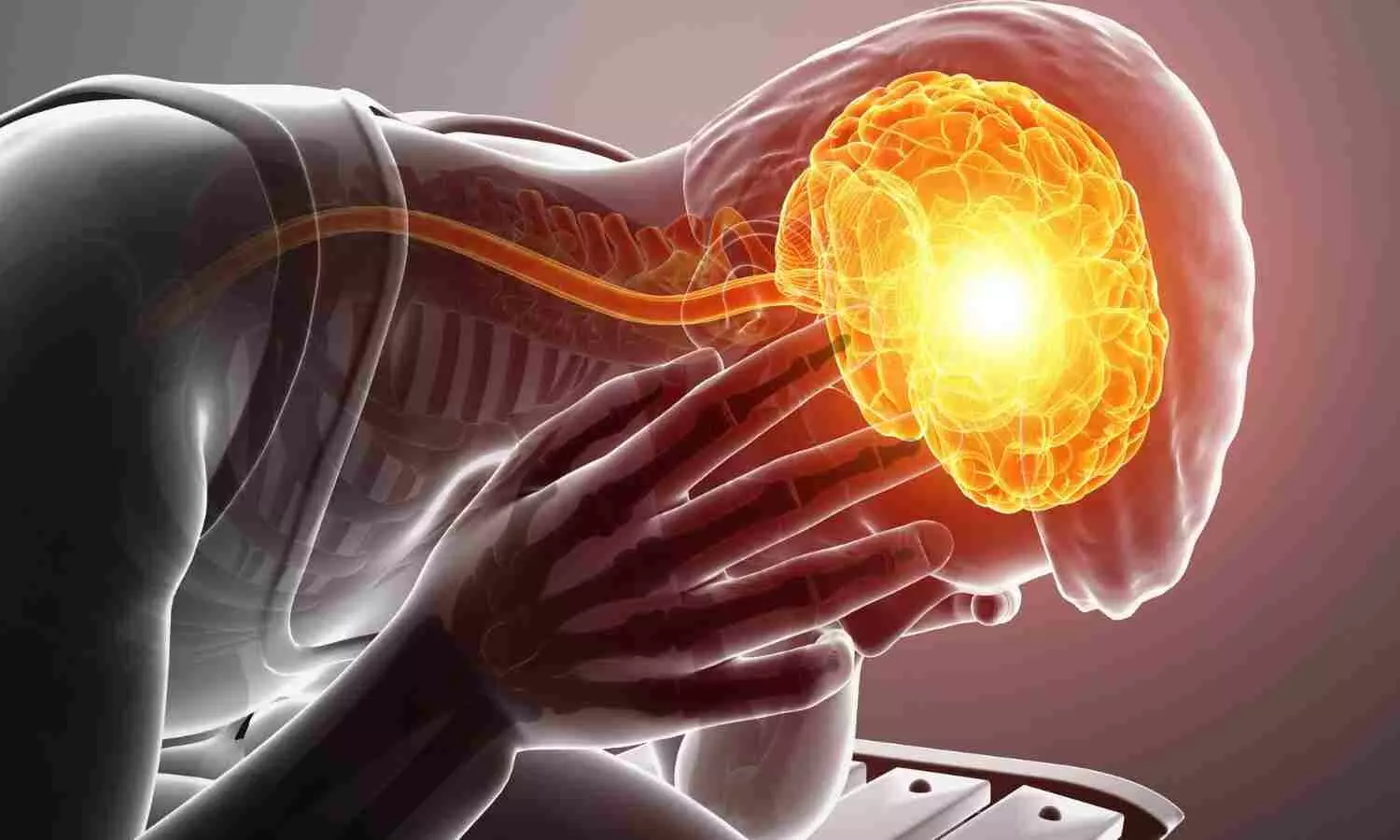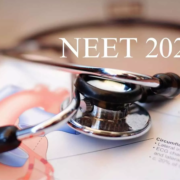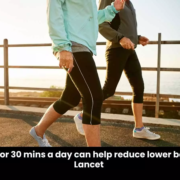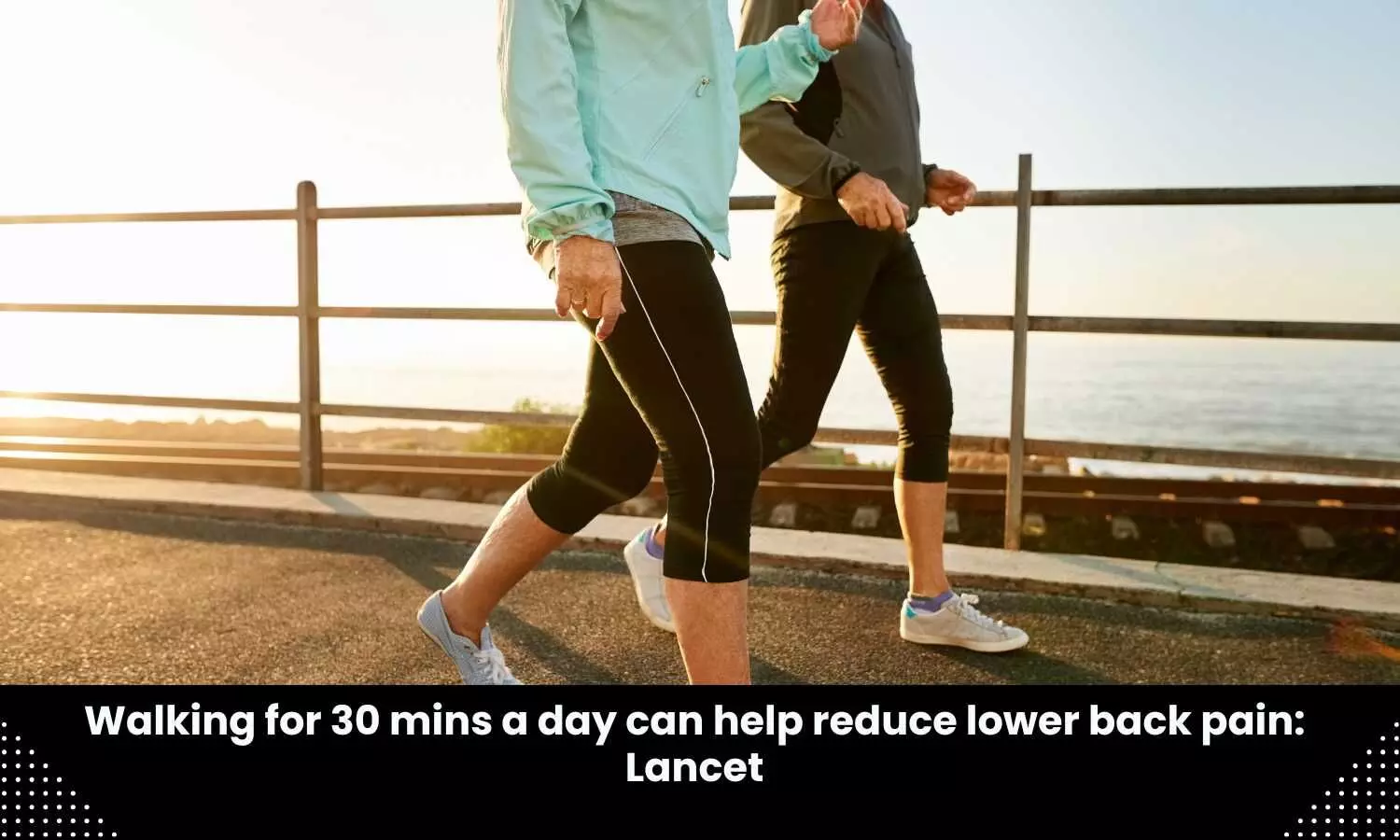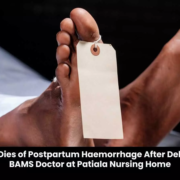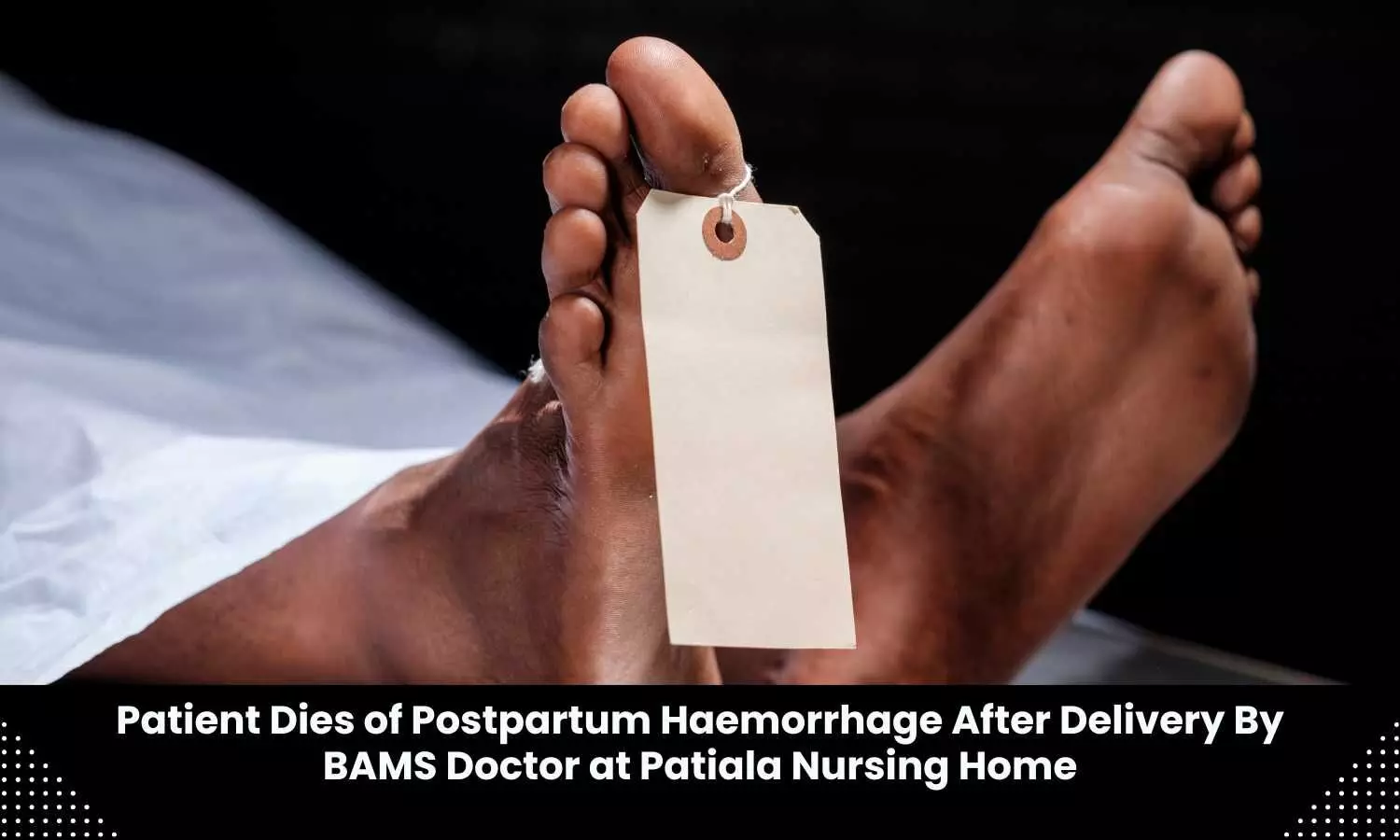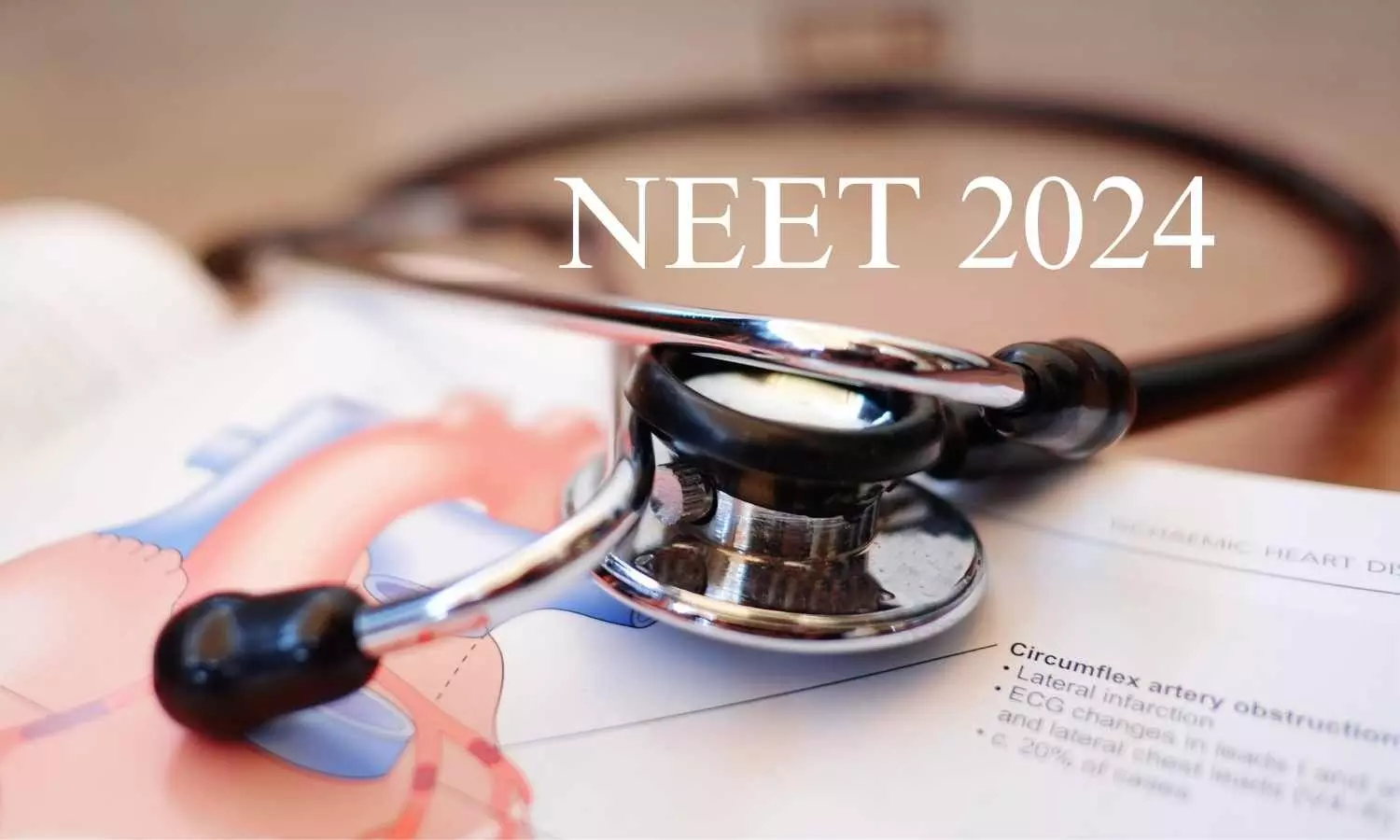
New Delhi: Amid a raging row over the alleged NEET UG 2024 paper leak controversy and the cancellation of other exams, former ISRO chief R Radhakrishnan heading a seven-member panel appointed by the government announced on Monday that they will engage with parents and students to understand their concerns and challenges about the examination process.
In its first meeting on Monday evening, Radhakrishnan told reporters on Tuesday as quoted by PTI “The first priority for us is to elicit from the students and parents in the country their concerns and suggestions. We are going to engage with them as far as possible in person, or through electronic media. And in the next fortnight, we would like to consolidate this.”
“The next priority for us is to quickly build a robust system for starting the tests. We are also looking at the future, especially to develop in this country a robust system, a tamper-proof system, a system with zero error and a system that will lessen the difficulties and stress for the students with adequate flexibility built into it,” he added.
Also read- NEET 2024 Paper Leak Case: CBI Collects All Material Evidence From Bihar Police, FIR Registered
According to sources present in the meeting, the committee took stock of the current situation and challenges faced by the National Testing Agency (NTA).
“The panel was apprised of the current processes and functioning of the agency. The panel also looked into the statistics provided by the NTA about the multiple exams conducted by it and the number of candidates appearing for each exam,” a source said.
“The panel also looked into which exams are conducted in pen and paper mode and which are conducted as Computer-Based Tests (CBT), and the nuances of both modes,” the source added.
During its meeting, the committee is also believed to have discussed cybersecurity issues and challenges posed by the darknet, where the UGC-NET exam question paper was first leaked forcing the Education Ministry to cancel it the day after it was conducted.
According to ministry officials, the reforms suggested by the panel are likely to be implemented by the next exam cycle.
“It is a mammoth task and has to be done with complete preparation to ensure there are no loopholes but it is also the most important priority of the ministry right now. The panel will submit its report within two months and we will draw an action plan to implement the reforms by the next exam cycle,” an official said on the condition of anonymity.
In the line of fire over the alleged irregularities in medical entrance examination NEET and PhD entrance NET, the Centre had on Saturday notified the panel to ensure transparent, smooth and fair conduct of examinations through the NTA.
While NEET is under scanner over several irregularities, including alleged leaks, UGC-NET was cancelled as the ministry received inputs that the integrity of the exam was compromised. Two other exams — CSIR-UGC NET and NEET PG — were cancelled as a pre-emptive step.
The panel will make recommendations on reforms in the mechanism of the examination process, improvement in data security protocols and the structure and functioning of the NTA.
The panel also includes former AIIMS Delhi director Randeep Guleria, Central University of Hyderabad Vice-Chancellor B J Rao, Professor Emeritus in the Department of Civil Engineering at IIT Madras K Ramamurthy, People Strong co-founder and Karmayogi Bharat board member Pankaj Bansal, IIT Delhi Dean of Student Affairs Aditya Mittal and Ministry of Education Joint Secretary Govind Jaiswal.
The committee has also been tasked with examining the existing security protocols related to the setting of the papers and other processes for different examinations and making recommendations to enhance the robustness of the system.
This year’s National Eligibility-and-Entrance Test Undergraduate (NEET-UG) 2024 Examination was mired in controversies after the allegations of paper leak came into light. Around 13 people, including four examinees and their family members, were arrested in Bihar for their alleged involvement in the paper leak of the NEET-UG exam. Patna police sources had previously claimed that the NEET-UG question papers along with their answers were provided to around 20 aspirants a day before the date of the exam i.e. May 5, 2024.
Then, the Economic Offences Unit (EOU) of Bihar Police, which took over the investigation, revealed that the brokers involved in the NEET paper leak scam took between Rs 30 lakh to Rs 50 lakh from each of the medical aspirants in exchange for giving them the question paper of the NEET UG 2024 question paper ahead of the examination.
Multiple pleas have been filed before the High Courts and the Supreme Court seeking an investigation into the alleged paper leak scam. Some of the pleas demanded the scrapping of the NEET UG 2024 exam and holding a retest.
Meanwhile, NEET aspirants across the country have been protesting against the alleged paper leak issue in NEET UG 2024 and the National Testing Agency’s policy of awarding grace marks to 1563 candidates. While finally the NTA decided to scrap the grace marks, the issue of alleged paper leak is still unsolved.
Although earlier, the Union Education Minister Dharmendra Pradhan had denied such allegations of paper leak, recently he assured action against NTA officials if they were found guilty of the “irregularities” in the conduct of the MBBS entrance exam.
The NEET 2024 issue has now taken a political turn as opposition parties are accusing the government over the allegations of rigging, paper leaks, and corruption. Recently Congress leader Rahul Gandhi argued that the BJP-ruled states were the “epicentre of paper leak”.
While hearing pleas concerning the NEET examination, the apex court had on June 18 said that even if there was “0.001 per cent negligence” on the part of anyone in the conduct of the examination, it should be thoroughly dealt with.
The Apex Court had also sought responses from the Centre and the NTA on a plea for a Central Bureau of Investigation (CBI) probe into allegations of question paper leak and other irregularities in the exam.
Also read- ‘Govt Has Nothing To Hide’, Says Chirag Paswan Over NEET Row
